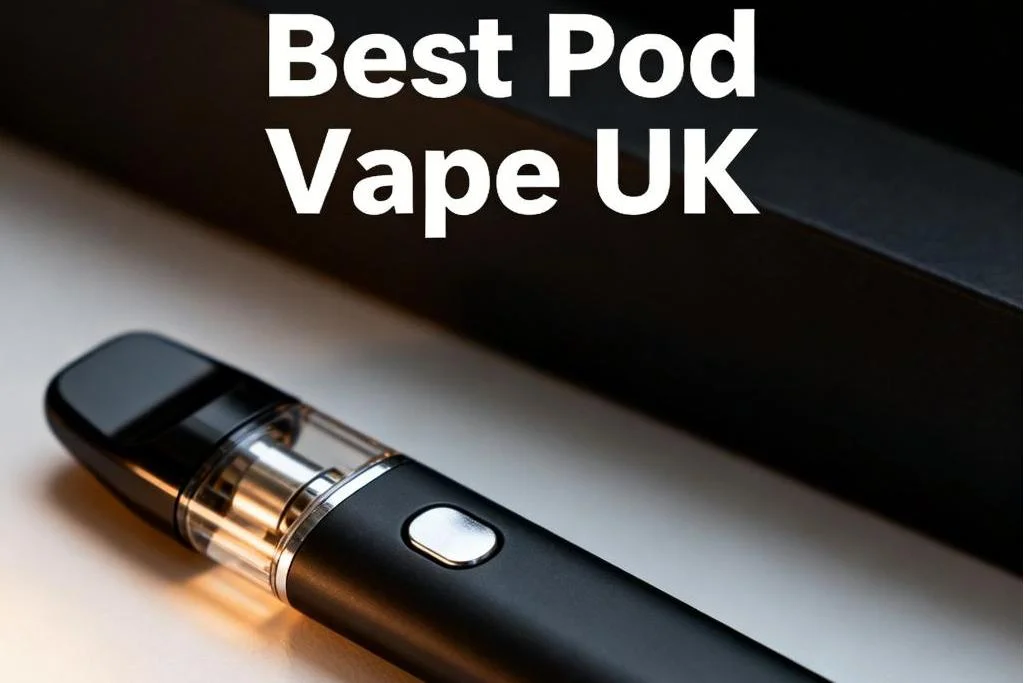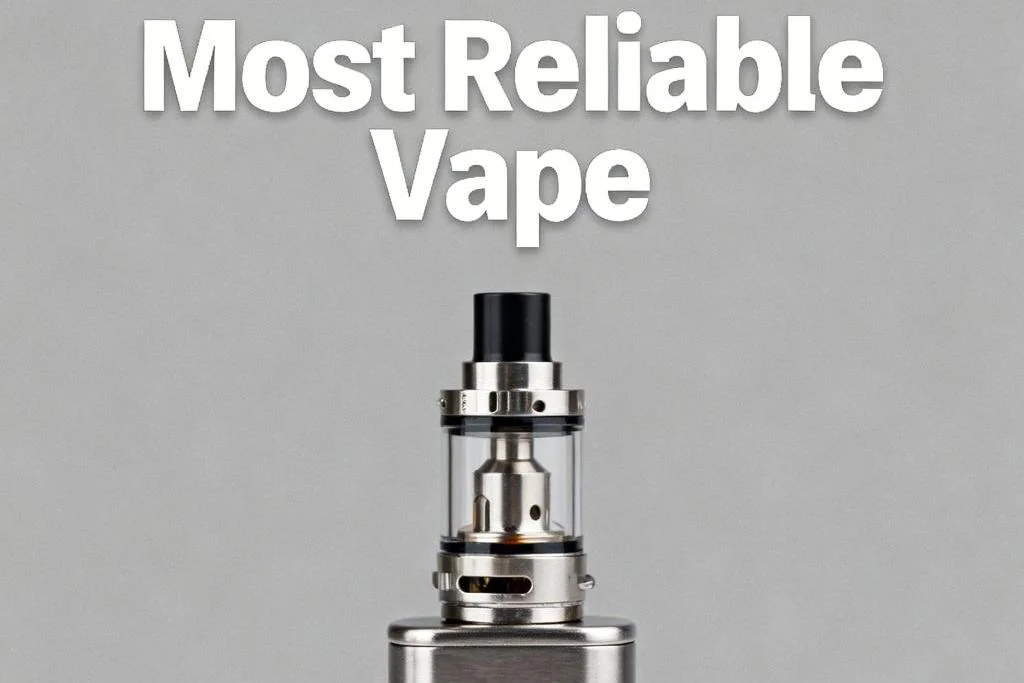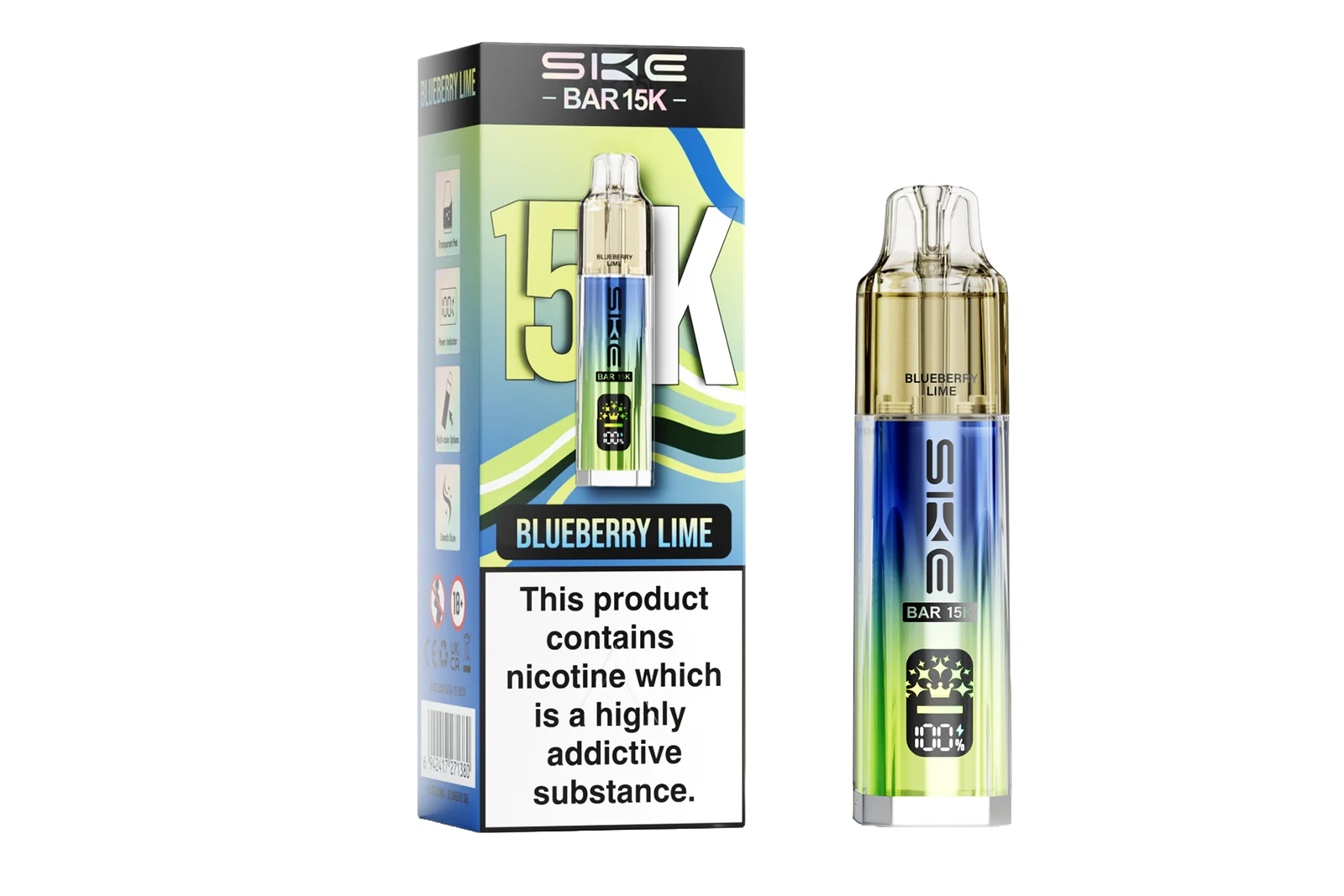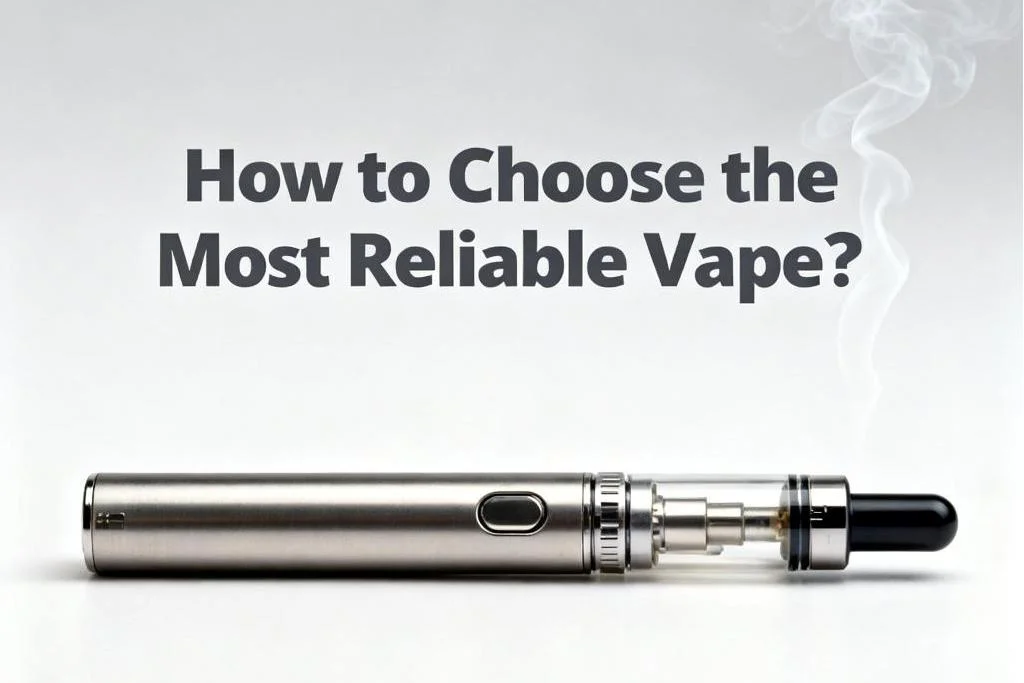How to Clean Vape Tank
Keeping your vape tank clean is essential for maintaining flavor, prolonging coil life, and ensuring a smooth vaping experience. Over time, e-liquid residue, sweeteners, and even burnt particles can build up inside the tank, leading to muted flavors or an unpleasant burnt taste. Many vapers underestimate the importance of cleaning their tanks regularly, but doing so can significantly improve both performance and hygiene.
Whether you’re a casual vaper or someone who changes e-liquid flavors frequently, learning how to clean a vape tank properly is a skill worth mastering. The process doesn’t require special tools or chemicals—just a bit of patience and some simple household items. Below, we’ll walk through step-by-step instructions, cleaning methods, and extra tips to keep your vape tank in top condition.
Why Cleaning Your Vape Tank Matters
Residue build-up inside the tank doesn’t just affect flavor—it can also strain your coil, causing it to burn out faster than usual. E-liquids with higher VG (vegetable glycerin) or sweeter blends tend to leave behind a thicker residue that clings to the tank walls and wicking material. If not addressed, this gunk creates an unpleasant “ghost flavor,” where traces of old e-liquids linger even after switching to a new one.
From a hygiene perspective, cleaning is equally important. Since vape tanks are exposed to heat and moisture, they can harbor bacteria if neglected. Regular cleaning prevents contamination, improves vapor production, and ensures that every puff tastes as intended. For anyone serious about vaping, maintaining a clean tank should be part of your routine care.
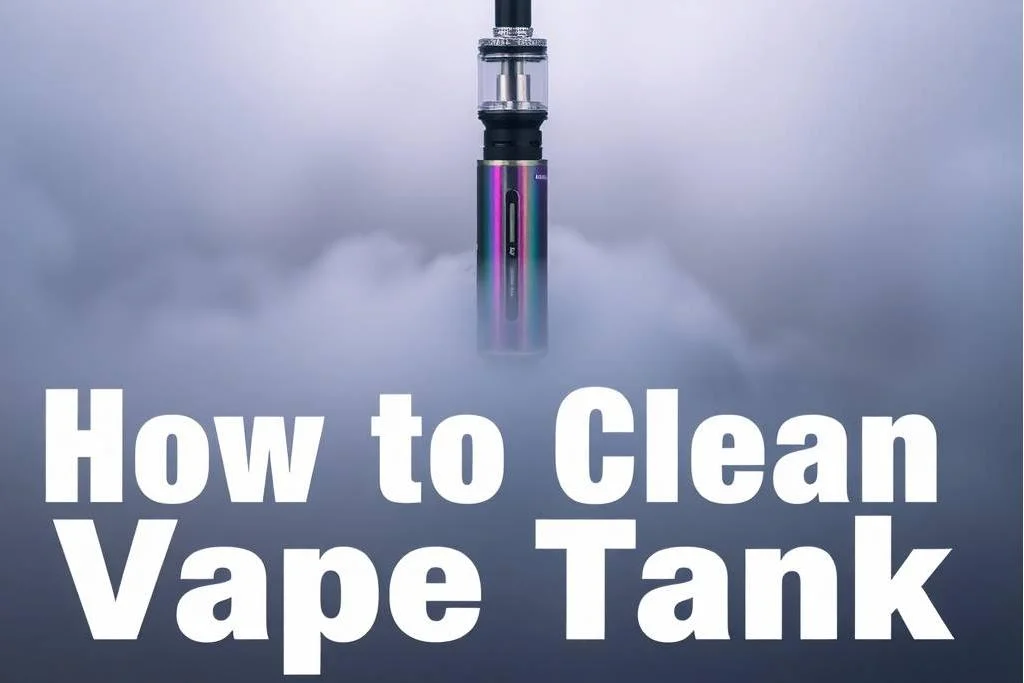
Step-by-Step Guide: How to Clean Vape Tank
1. Disassemble the Tank
Start by carefully removing the tank from your vape device. Unscrew each part—including the glass tube, drip tip, and base. If your coil is still in good condition, set it aside. If it’s burnt or old, this is a great time to replace it. Handle all parts gently to avoid breaking the glass.
Disassembly is key because it allows each component to be cleaned thoroughly. Leaving the tank assembled and simply rinsing it won’t remove the sticky residue inside. A complete teardown ensures no hidden buildup is left behind.
2. Rinse With Warm Water
Hold each part under warm running water to wash away excess e-liquid. This step is often enough for light cleaning, especially if you’re simply switching between e-liquid flavors. For better results, fill a bowl with warm water and let the parts soak for 10–15 minutes.
Warm water loosens up sticky residue, making it easier to remove during the final cleaning stage. Avoid using boiling water, as it can damage seals and O-rings.
3. Use Soap or Cleaning Agents (If Needed)
For tanks with stubborn residue, mild dish soap or a cleaning agent like baking soda can help. Apply a small amount to the glass and metal components, scrubbing gently with a soft cloth or toothbrush. Do not use harsh chemicals or alcohol, as they can damage the tank and leave harmful residues.
Rinse thoroughly afterward to ensure no soap remains inside. Any leftover detergent can affect flavor and produce harsh hits, so pay extra attention to rinsing.
4. Dry Completely Before Reassembly
Place all parts on a paper towel or microfiber cloth and let them air-dry. You can also use a hair dryer on a cool setting to speed up the process. Make sure the tank is completely dry before reassembling it—any leftover moisture can cause leaks or damage your coil.
Patience during this step pays off. A properly dried tank ensures your e-liquid doesn’t become diluted and prevents premature coil failure.
Deep Cleaning Methods for Vape Tanks
For vapers who use heavy or sweet e-liquids, standard rinsing may not always be enough. In such cases, deep cleaning methods are more effective. One popular option is soaking tank components in a mixture of warm water and vinegar, which helps dissolve hardened residue. Another method is using propylene glycol (PG) as a soak—PG absorbs leftover flavors without leaving strong scents behind.
Some experienced vapers also use ultrasonic cleaners. These devices, often used for jewelry, create sound vibrations that gently dislodge dirt and gunk from the tank. While not necessary for casual users, an ultrasonic cleaner can be a worthwhile investment for those who want a professional-level clean.
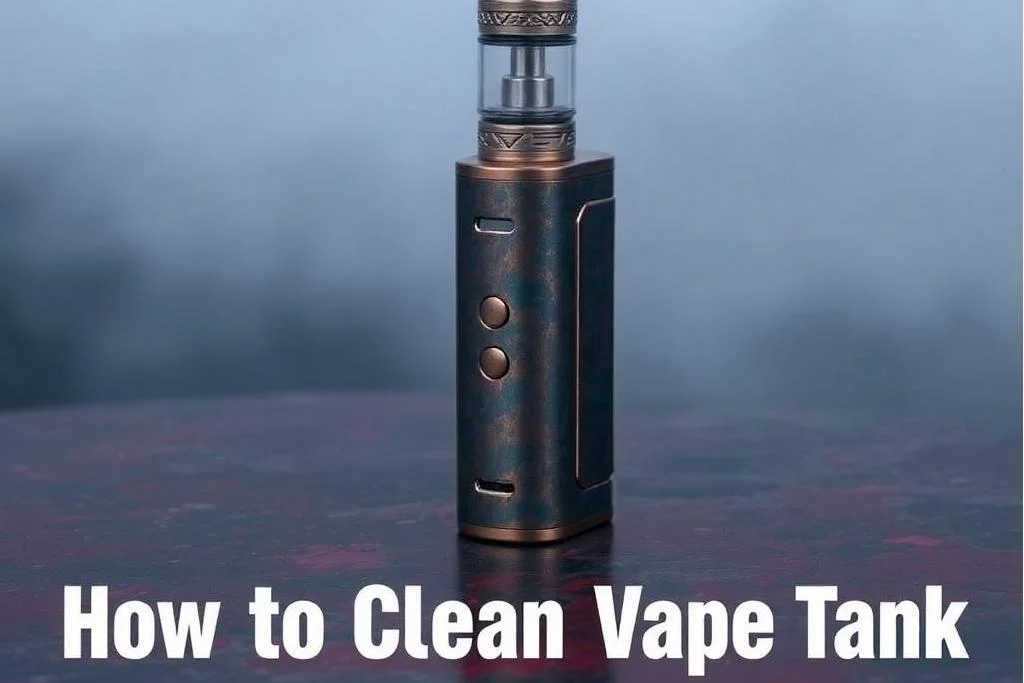
How Often Should You Clean a Vape Tank?
How often you clean your vape tank depends largely on how you use it. If you stick to one flavor of e-liquid, a thorough cleaning every week or two is usually enough. However, if you frequently switch flavors, it’s best to rinse the tank every time you change e-liquids to prevent ghosting.
For heavy vapers or those who prefer sweetened e-liquids, more frequent cleaning may be necessary. Think of it as preventative maintenance: the more often you clean your tank, the longer your coils and device will last. Regular care ensures consistency, better taste, and fewer problems down the line.
FAQs
1. Can I clean my vape tank with alcohol?
It’s best to avoid using isopropyl or rubbing alcohol inside your vape tank, as residues can linger and be harmful if inhaled. Stick to warm water, mild dish soap, or vinegar for safe cleaning.
2. How do I get rid of lingering flavors in my vape tank?
If rinsing doesn’t work, soak your tank in warm water mixed with baking soda, vinegar, or propylene glycol. These solutions help neutralize strong flavors like menthol or dessert blends.
3. Should I clean my coil when I clean the tank?
Coils don’t usually benefit from cleaning since the cotton wick inside degrades with use. It’s better to replace your coil if it’s burnt or flavor is muted. Save cleaning for the tank components instead.
4. How long should I let my vape tank dry after cleaning?
Allow at least a couple of hours for your vape tank to air-dry fully. Using it while still wet can dilute e-liquid and cause leaks or coil damage.
5. Can I use an ultrasonic cleaner for my vape tank?
Yes, ultrasonic cleaners are effective for deep cleaning, especially if you use thick or sweetened e-liquids. They provide a professional-level clean by removing stubborn residue without harsh chemicals.

